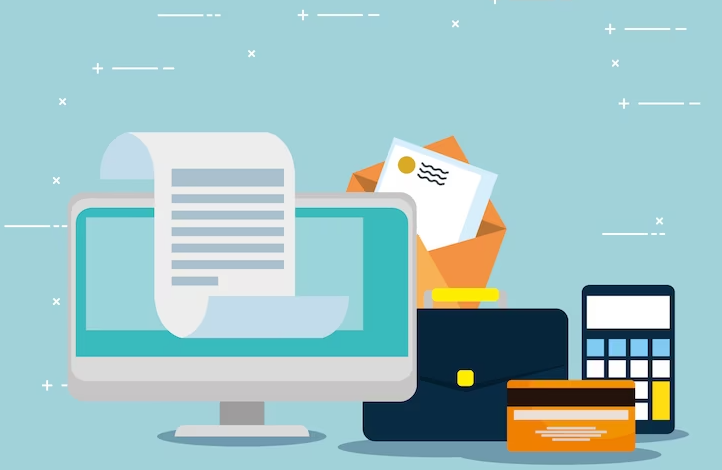Invoice Data Extraction: A Complete Guide

In today’s fast-paced business world, managing invoices efficiently is more crucial than ever. Every day, organizations handle numerous bills and receipts that require accurate processing to maintain healthy cash flow. But with stacks of paperwork piling up and the increasing complexity of financial transactions, how can businesses keep everything organized? This is where invoice data extraction comes into play.
What is Invoice Data Extraction?
Invoice data extraction is the process of capturing information from invoices and transferring it into a digital format. This often involves scanning physical documents or parsing electronic files to retrieve key details, such as vendor names, invoice numbers, amounts due, and payment terms.
The goal is straightforward: eliminate manual entry errors while saving time. By automating this task, businesses can increase accuracy in their accounting processes. OCR allows software to read text from images or PDFs and convert it into editable data.
Benefits of Using Invoice Data Extraction
Invoice data extraction offers a multitude of advantages that can streamline your business processes. First, it significantly reduces manual entry errors. Automation ensures accuracy by capturing data directly from invoices.
Time efficiency is another key benefit. By automating the extraction process, employees can focus on more strategic tasks rather than getting bogged down in paperwork. This leads to improved productivity across the organization.
Cost savings also play a crucial role. Reducing labor hours spent on invoice processing can lead to significant financial benefits over time.
Types of Invoice Data Extraction Tools
Invoice data extraction tools come in various forms, each catering to different business needs. OCR software is a popular choice. Invoice OCR API scans invoices and converts printed text into digital data, making it easier to process.
Another type includes cloud-based solutions. These tools offer accessibility across devices and are ideal for remote teams. They often integrate seamlessly with existing accounting software.
Robotic Process Automation (RPA) is also gaining traction. RPA mimics human actions to extract data from invoices without manual input, promoting efficiency.
How to Choose the Right Invoice Data Extraction Tool for Your Business
Choosing the right invoice data extraction tool is crucial for streamlining your financial processes. Start by assessing your specific needs. Consider factors like volume, complexity, and frequency of invoices.
Next, evaluate features that matter most to you. Look for tools with advanced OCR capabilities, automation options, and seamless integration with existing software.
User-friendliness should be a priority as well. A straightforward interface will save time during onboarding and reduce training costs for your team.
Also consider scalability. Your chosen solution should grow alongside your business without requiring constant updates or replacements.
Best Practices for Efficient Invoice Data Extraction
To achieve efficient invoice data extraction, start by standardizing your invoice formats. Consistency minimizes errors and speeds up the extraction process.
Next, invest in advanced OCR (Optical Character Recognition) technology. This allows for accurate reading of various document types, reducing manual input significantly.
Regularly audit your extracted data to ensure accuracy. Implement checks that flag discrepancies or anomalies. This helps maintain high-quality records.
Train your team on the tool you choose. Familiarity with the system enhances speed and efficiency while boosting confidence in its capabilities.
Integrate your data extraction tools with other financial systems like accounting software.
Conclusion
Invoice data extraction has become an essential tool for businesses looking to streamline their financial processes. By automating the collection and processing of invoice information, companies can save time and reduce errors. This technology not only enhances efficiency but also allows for better cash flow management. As tools continue to evolve, organizations that embrace these advancements will likely find themselves ahead in a competitive market.




